Optimal Timing for Waterproofing and Drainage
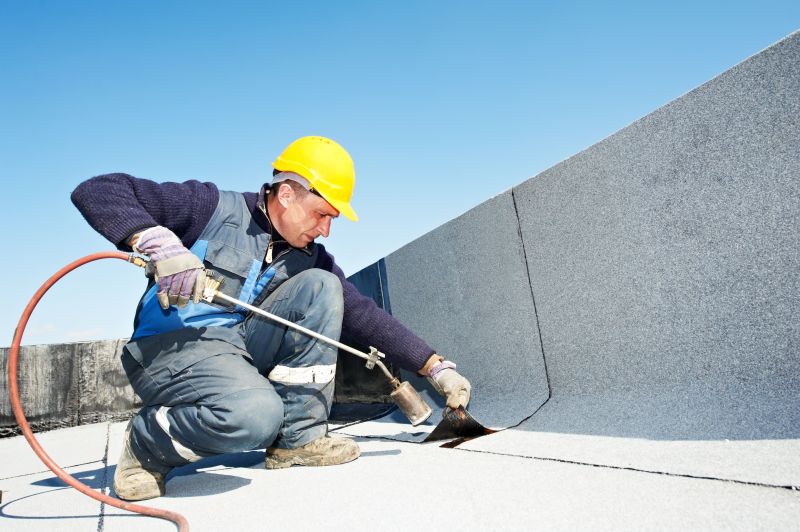
Applying waterproofing during dry weather ensures proper adhesion and curing without interference from rain.
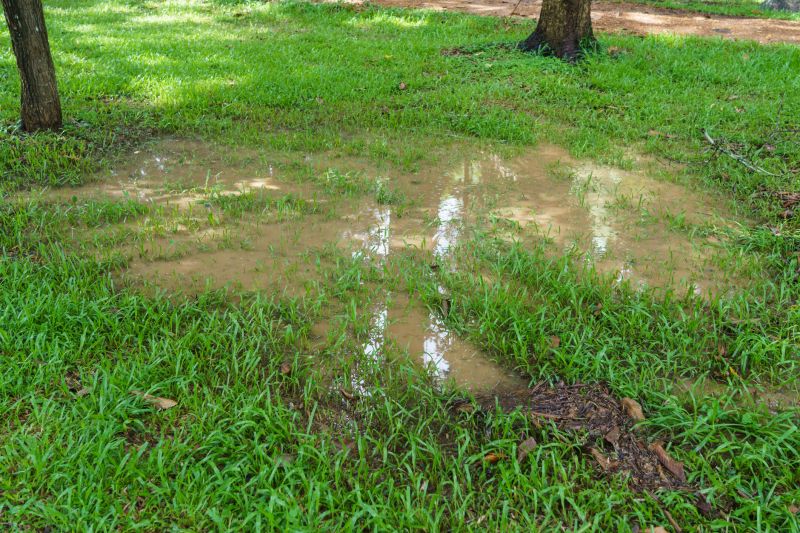
Implementing drainages before rainy seasons helps prevent water accumulation and potential damage.
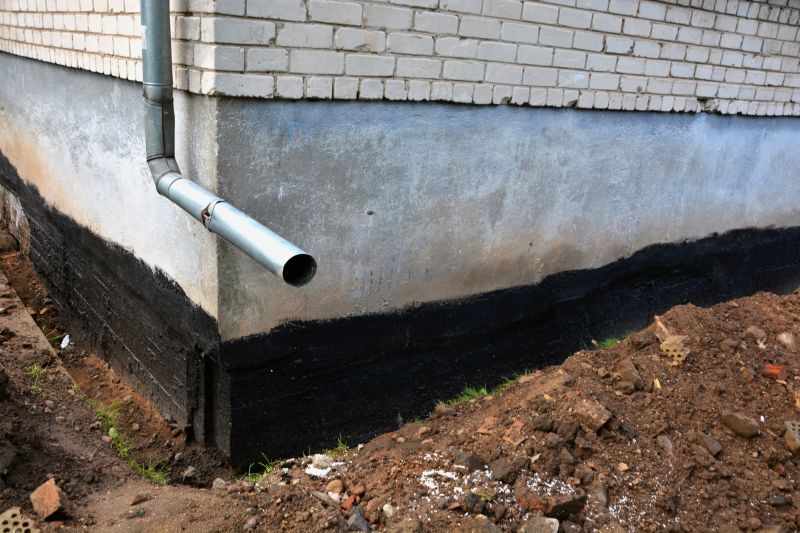
Installing waterproofing and drainage systems after building completion avoids disruptions and ensures system effectiveness.

Ways to make Waterproofing And Drainages work in tight or awkward layouts.
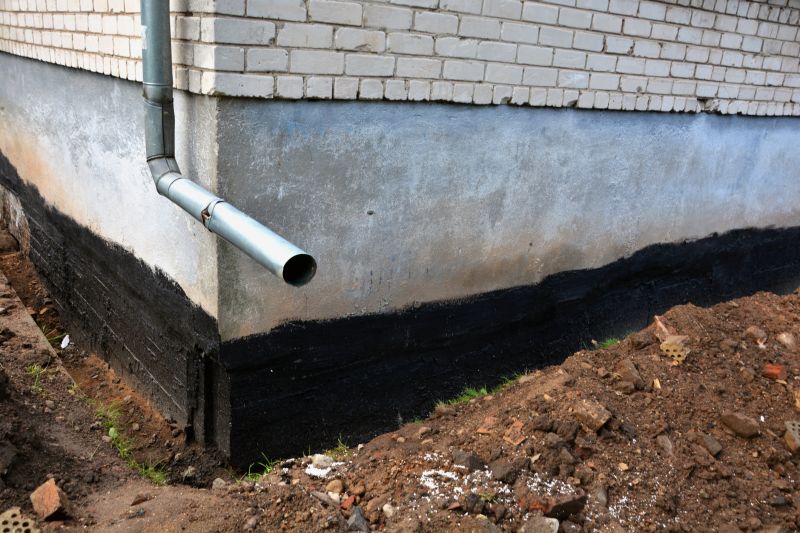
Popular materials for Waterproofing And Drainages and why they hold up over time.
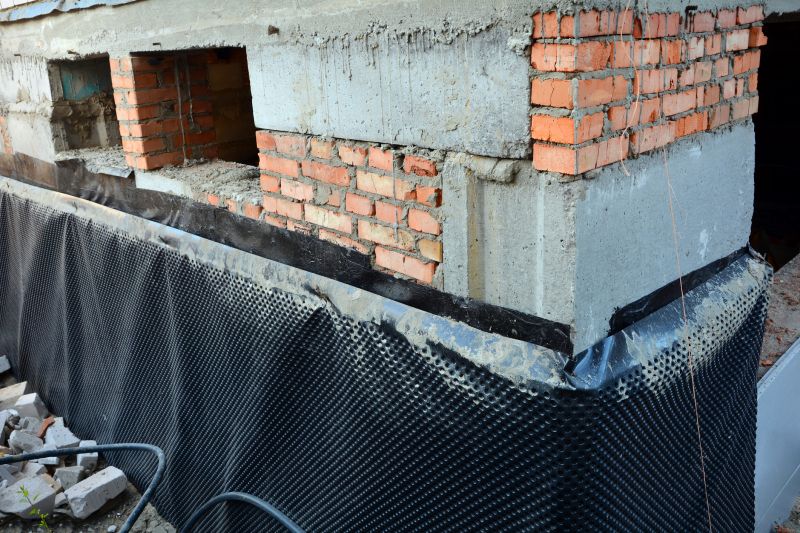
Simple add-ons that improve Waterproofing And Drainages without blowing the budget.
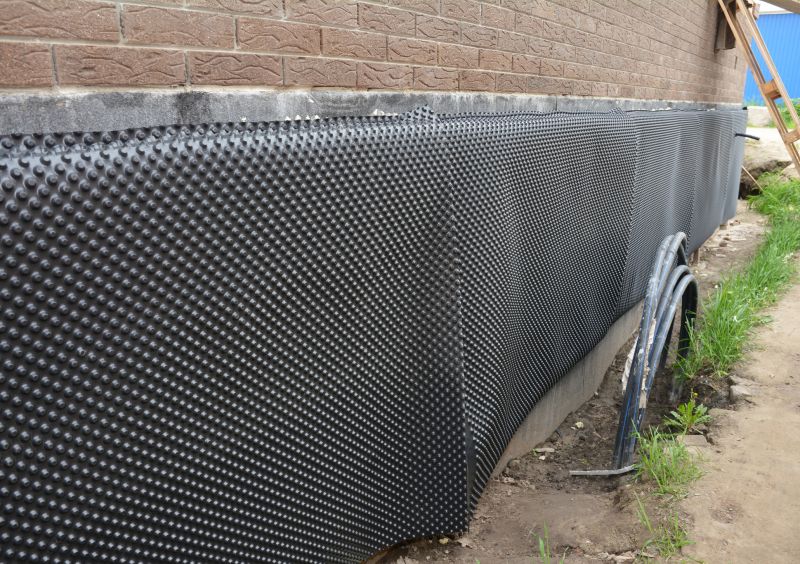
High-end options that actually feel worth it for Waterproofing And Drainages.

Finishes and colors that play nicely with Waterproofing And Drainages.
Waterproofing and drainage systems are vital for protecting structures from water ingress and accumulation. Proper timing of installation enhances their effectiveness, reducing potential damage and maintenance costs. Typically, the best time for these services is during dry periods or before heavy rainfall seasons, allowing materials to set and systems to function optimally.
Statistics indicate that waterproofing can extend the lifespan of a building by up to 50%, while effective drainage reduces water-related damages significantly. Implementing these systems at the right time ensures maximum durability and performance, safeguarding properties against water-related issues.
Late spring and early summer are ideal for waterproofing because of stable weather conditions.
Pre-rainy season installation ensures systems are operational before heavy water flow begins.
Avoid installing waterproofing during rainy or freezing conditions to prevent compromised adhesion.
Allow sufficient curing time, typically several days, during dry weather for optimal results.

Applying waterproofing membranes during dry weather enhances adhesion.

Properly timed installation prevents water pooling and structural damage.
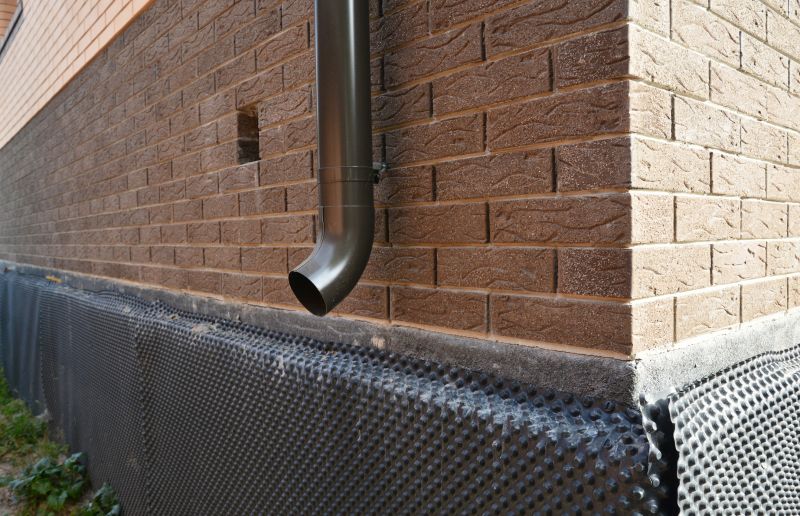
Using weather-resistant materials during optimal seasons ensures longevity.

Scheduling maintenance during dry periods minimizes disruption and maximizes effectiveness.
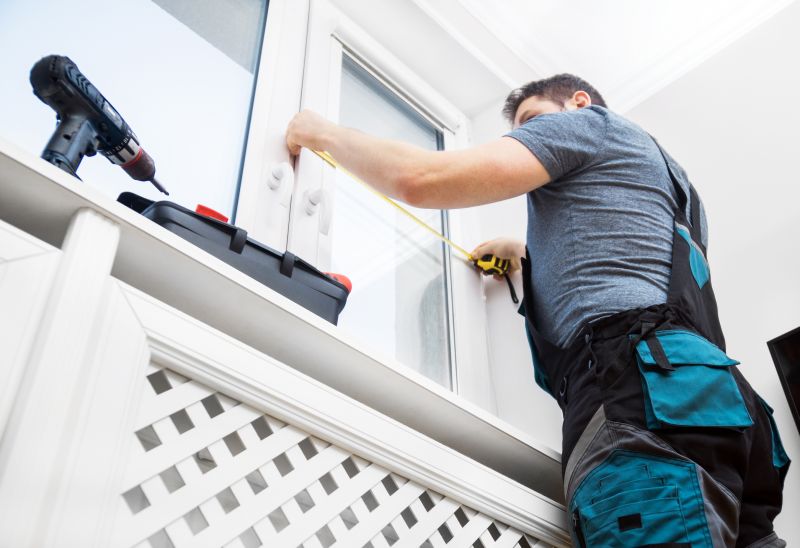
Little measurements that prevent headaches on Waterproofing And Drainages day.

A 60-second routine that keeps Waterproofing And Drainages looking new.
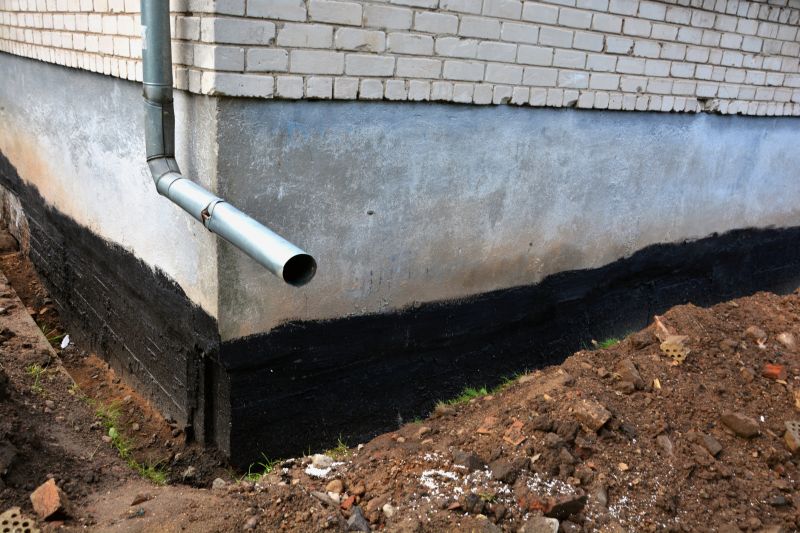
A frequent mistake in Waterproofing And Drainages and how to dodge it.

Small tweaks to make Waterproofing And Drainages safer and easier to use.
| Season | Recommended Activity |
|---|---|
| Spring | Preparation and planning for waterproofing and drainage |
| Early Summer | Application of waterproofing membranes and drainage systems |
| Late Summer | Inspection and adjustments before heavy rains |
| Fall | Post-rainy season inspections and repairs |
| Winter | Avoid installation due to cold and moisture interference |

Properly timed waterproofing application ensures maximum protection.
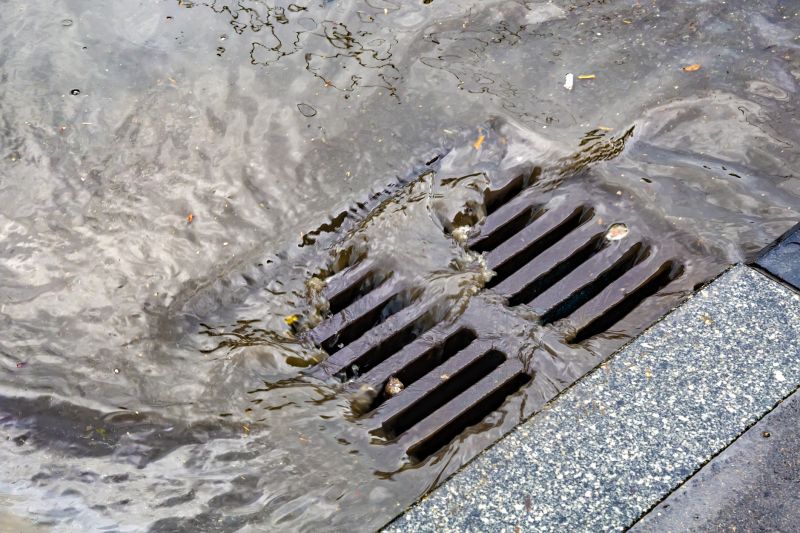
Installing drainage before heavy rains prevents water buildup.

Avoiding installation during adverse weather maintains system integrity.

Timely inspections after heavy rains ensure systems function correctly.

The short, realistic tool list for quality Waterproofing And Drainages.

Rough timing from prep to clean-up for Waterproofing And Drainages.
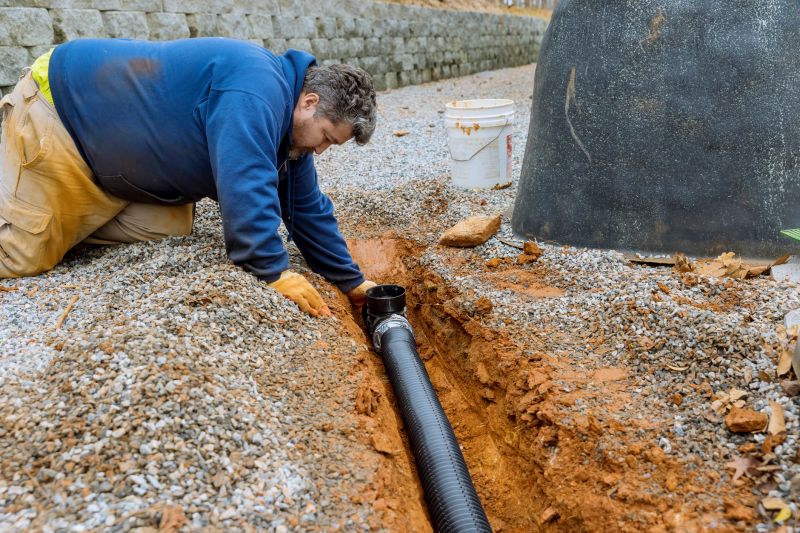
Quick checks and paperwork to keep after Waterproofing And Drainages.
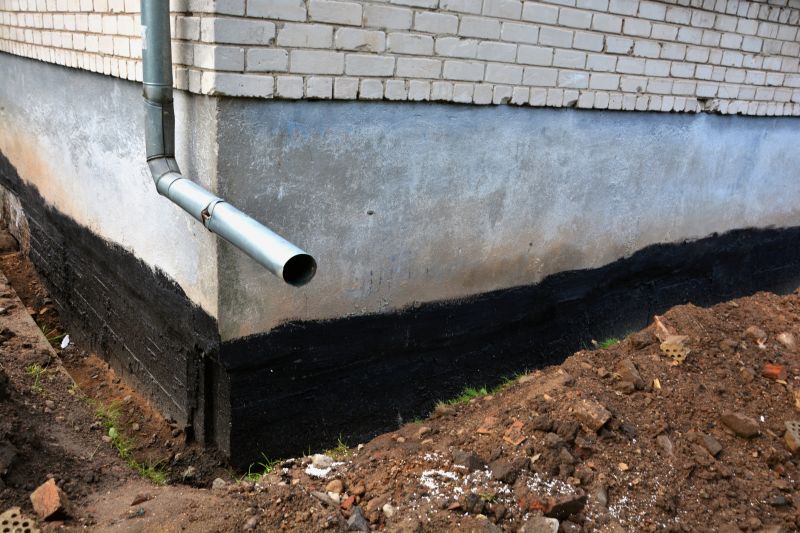
Examples that show the impact a good Waterproofing And Drainages can make.
Selecting the appropriate timing for waterproofing and drainage installation can significantly impact their performance and lifespan. Proper planning around seasonal weather patterns helps ensure materials cure correctly and systems operate efficiently. Consulting with waterproofing specialists can provide guidance tailored to local climate conditions.
Effective waterproofing and drainage strategies are essential for maintaining structural integrity and preventing water-related damages. Recognizing optimal installation periods minimizes disruptions and maximizes system longevity, ultimately safeguarding investments and property value.
Apply membranes during dry, warm weather for optimal adhesion.
Install before rainy seasons to ensure readiness for water flow management.
Weather conditions directly influence the success of waterproofing and drainage projects.
